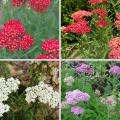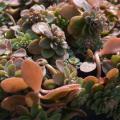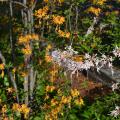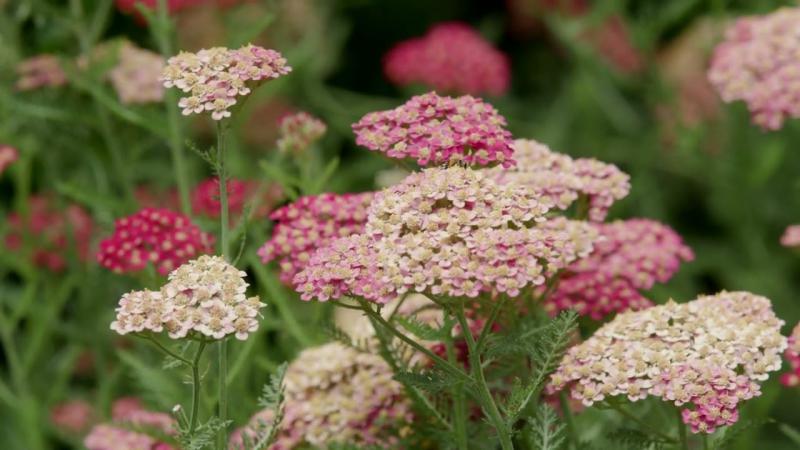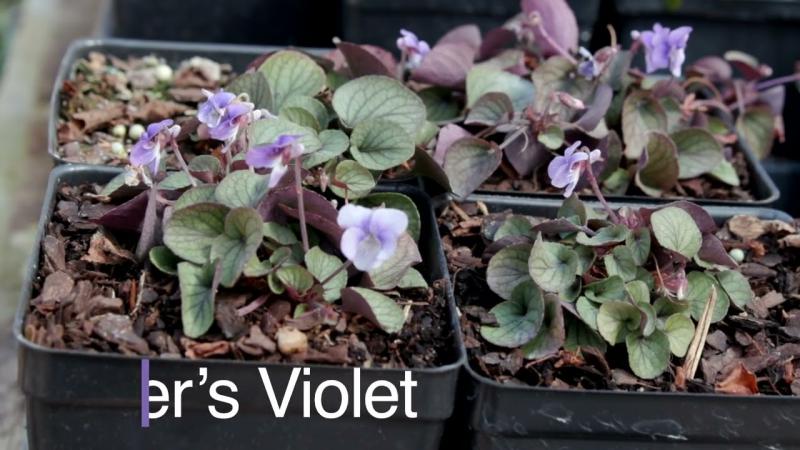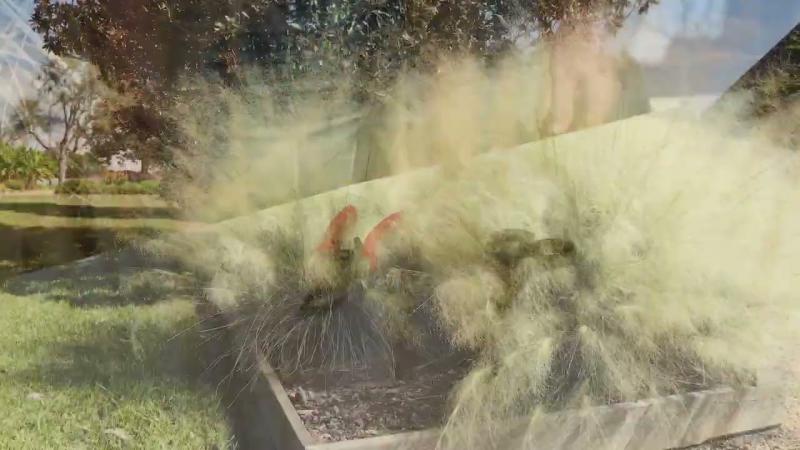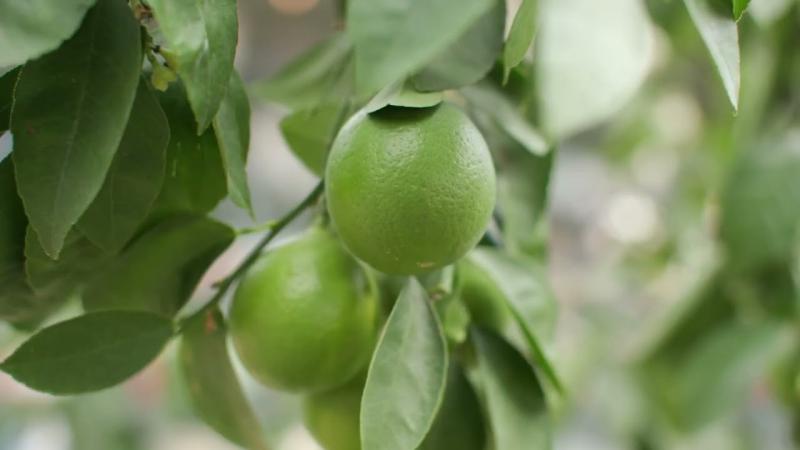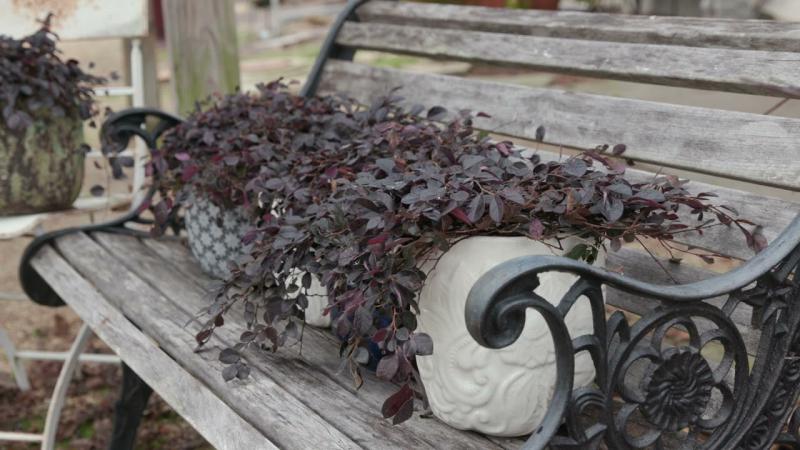Perennial planting, care and maintenance
Set perennial plants in their permanent places so their roots are completely covered with prepared soil, but avoid burying the stem or crown. Place container-grown plants the same depth that they were grown; place dormant plants at the depth at which they grew the previous season. To encourage side root growth, make a planting hole twice as wide as deep. With bare-root perennials, spread the roots outward as well as downward. For container-grown plants, loosen encircled roots and shake some of the potting soil into the planting hole. Remember to crumble away the top edges of a peat pot to prevent water loss through wicking. Do not let roots dry out, especially during transplanting.
Water the plants thoroughly to force out any air pockets and to settle the soil. Mark and label the plantings. Mulch the bed surface with pine straw or bark to keep soil from drying, crusting, and overheating in the summer, and to prevent many weed seeds from germinating.
Care and Maintenance
If you do not mulch your plants, use shallow cultivation in the spring and early summer to break and aerate compacted soils. This also aids in water penetration and makes it easier to incorporate fertilizer. Summer cultivation can damage shallow roots and is more difficult because the plants will be larger. Early in the season, stake tall plants with wire stands or bamboo canes. Use care to avoid root damage.
Apply fertilizers sparingly to plants early in their growing season, after new growth begins to show. If plants are growing well, no additional fertilizer may be needed; otherwise, a second light feeding will be helpful several weeks into the season.
In the fall, cut the old plant stalks to the ground after the leaves have fallen and mulch to protect crowns and roots from the harsh extremes of our mild weather followed by sudden cold spells. Remove any winter annual weeds that may have germinated before applying mulch. Fall is also a good time to divide many plants that may be encroaching on one another.
Publications
News
Next up in my series celebrating April as Native Plant Month are those that thrive in sunny landscapes.
One of my favorites is yarrow, a tough, drought-tolerant perennial that does especially well in full sun and well-drained soil. Once established, yarrow is very low maintenance and even thrives in poor, sandy or rocky soils.
I often get asked which plants thrive in the shade, so today I want to discuss some native selections that do just that.
April is Native Plant Month, making it the perfect time to celebrate the beauty and importance of native species. Native azalea is one of my favorites, and it is currently putting on a spectacular show.
Throughout this month, I’ll highlight other native plants that thrive in our region.


